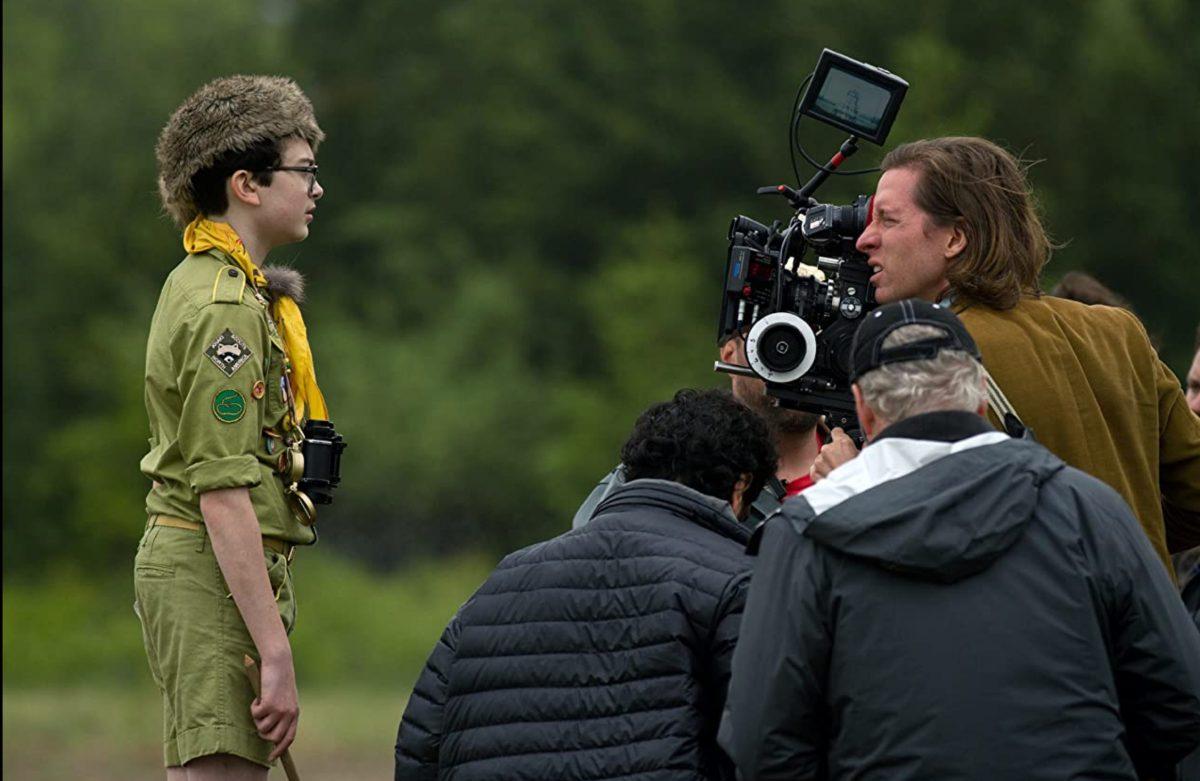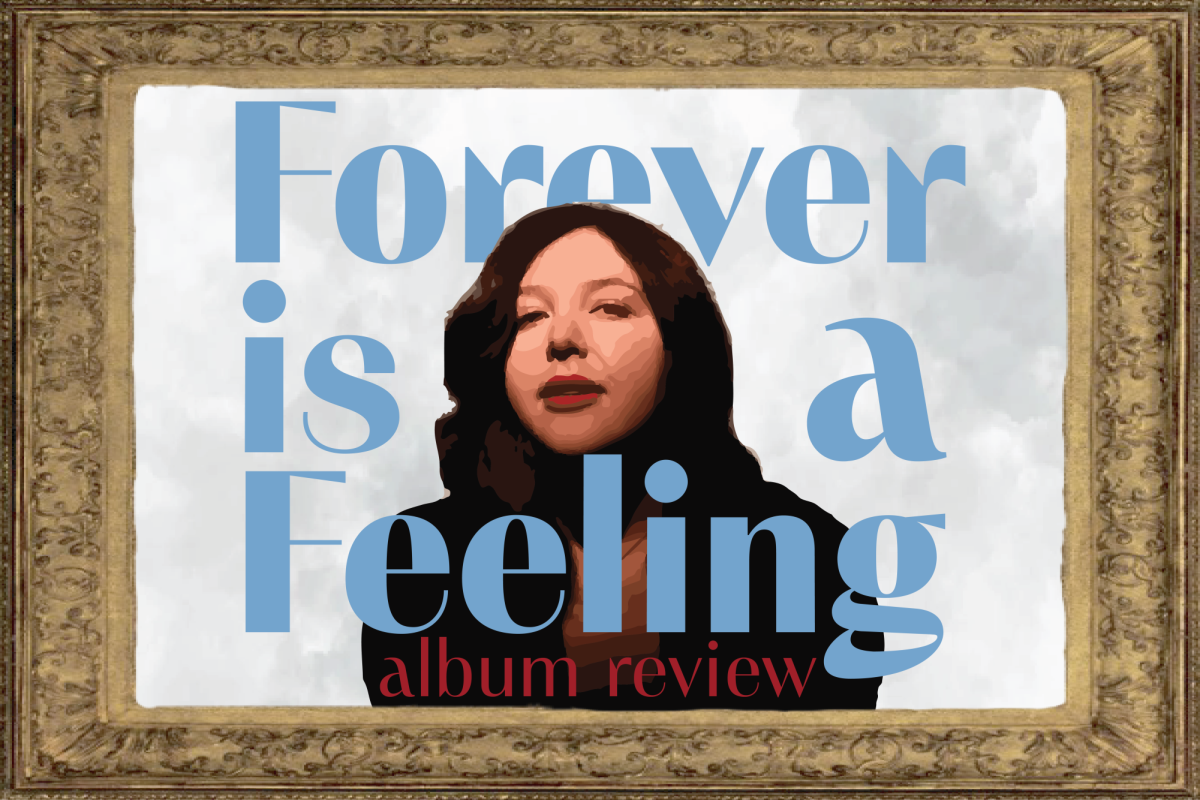WARNING: Contains spoilers for “The French Dispatch.”
Award-winning director Wes Anderson once said he isn’t “particularly bothered or obsessed with detail.”
Respectfully, don’t trifle with us, Mr. Anderson. Anderson’s works are famously chock-full of detailed, picturesque scenes that have enthralled audiences for over 20 years.
Most recently, Anderson directed “The French Dispatch,” appraised by USA Today as “an excellent ode to New Wave cinema and oddball reporters.”
What’s more, Anderson’s “Fantastic Mr. Fox” is cited as a “comfort movie” in online film circles.
Comfort movies evoke positive emotions for viewers, especially nostalgia. Think of films like “When Harry Met Sally” and “My Neighbor Totoro” — rewatchable, unforgettable works that ground us in the midst of chaos.
But what makes a comfort movie? And what about Anderson’s eclectic style elevates his films to comfort movie status? The answer lies in the word itself: “comfort.” Each letter in the word represents Anderson’s unique, heartfelt approach to film.
“C” stands for “color,” of course! Many of Anderson’s films make brilliant use of eccentric red and yellow color palettes. For instance, the sky in “Fantastic Mr. Fox” is a warm yellow for most of the movie, but it often varies in shade, promoting both visual variety and consistency.
Anderson also experiments with the absence of color. A great deal of “The French Dispatch” is in black and white. However, in the film’s third act, college rebel Zeffirelli (Timothée Chalamet) is tragically electrocuted. Just before he dies, the black and white scheme gives way to a few precious seconds of color, a final testament to Zeffirelli’s vitality. The color change simultaneously draws the audience closer to Zeffirelli and the film.
“O” stands for “organization.” Anderson frequently breaks up his movies into clearly-marked sections. For instance, Anderson’s “Isle of Dogs,” “Fantastic Mr. Fox” and “The French Dispatch” all share this feature: New scenes are marked with a title, accompanied by an aesthetically pleasing vignette.
Like his use of color, Anderson’s organization grants his viewers continuity. Following the film from scene to scene makes it comparable to an engaging, yet relaxing routine. For audience members partial to structure, Anderson’s works are apt to become comfort films.
“M” represents “maximalism.” Anderson’s films never fail to fill the screen. Often, even the movie posters are bursting at the seams.
The posters for Anderson’s “The Grand Budapest Hotel” and “Moonrise Kingdom” teem with grandeur and maximalist style. One “Moonrise Kingdom” poster leaves no space blank. It is an illustration of a large, lush forest, stirring instant curiosity.
Like these movie posters, scenes from “The Grand Budapest Hotel,” for instance, are larger than life. The audience witnesses a room overflowing with colorful packages, crowded, lavish dinner tables and stunning wide shots of the mammoth hotel.
Comfort films leave us wonderstruck every time we watch them. Anderson’s maximalism helps viewers effortlessly achieve that end. It ensures we can always discover new details and constantly cultivate fresh perceptions of his films.
“F” cries out “face your fears!” and Anderson’s characters do so admirably. In “Fantastic Mr. Fox,” young Ash grows bolder after a mediocre childhood, impressing even the Renaissance Man — well, fox — who is his father.
Similarly, “The French Dispatch” reveals the devotion of journalists like Roebuck Wright (Jeffrey Wright) and Lucinda Krementz (Frances McDormand). Even in crisis, Wright eagerly clutches his pad and pen.
“O” is for “oddball,” and it pairs nicely with the previous letter. Brave underdogs easily win us over, especially if they represent “the outcast” or “the “weirdo” — the oddball. Ash, for example, was never a wunderkind. He was always a little “different.”
Zany archetypes like Ash’s put audiences at ease, allowing them to root for characters with realistic insecurities and flaws — “comfort characters” in the making.
“R” stands for “rotating artistic style,” and “The French Dispatch” showcases it best.
Admittedly, viewers are susceptible to boredom after four acts of “The French Dispatch.” Luckily, Anderson redirects viewers’ wandering minds with brilliant color, contrasting noir and even cartoon animation. These styles blend together to revitalize otherwise dry scenes.
Watching a comfort movie shouldn’t involve trailing off, or becoming disinterested. Every moment of the film should feel precious, and Anderson’s diverse storytelling formats unexpectedly maintain viewers’ interest.
“T” accounts for “tension.” Rounding out his engaging style, tension is necessary in an Anderson comfort movie.
Aside from Anderson’s inexplicable affinity for over-the-top gunfire, the tension he creates is relatable and candid. A bully incites drama for Ash in “Fantastic Mr. Fox.” Conflicts of interest arise in “The French Dispatch” when Krementz sleeps with Zeffirelli.
The meat of a movie often accompanies healthy tension. Here, once again, Anderson’s comfort movies invite the viewer to follow the films’ sensational stories with both interest and ease.
Edited by Camila Fowler | [email protected]







